As underwater photographers, our goal is to capture the vibrant colours beneath the sea. But on some dives or with certain subjects, you cannot escape the feeling that you are not quite doing it justice. Over the past few years, I’ve found myself turning increasingly to monochromes. On your next dive, take some time to think of the scene in front of you in terms of shapes, textures, light and shadows. There’s an undeniable beauty to be found in shades of black, white and grey. And in mastering monochromes, you can open up a whole new world of photographic opportunity.
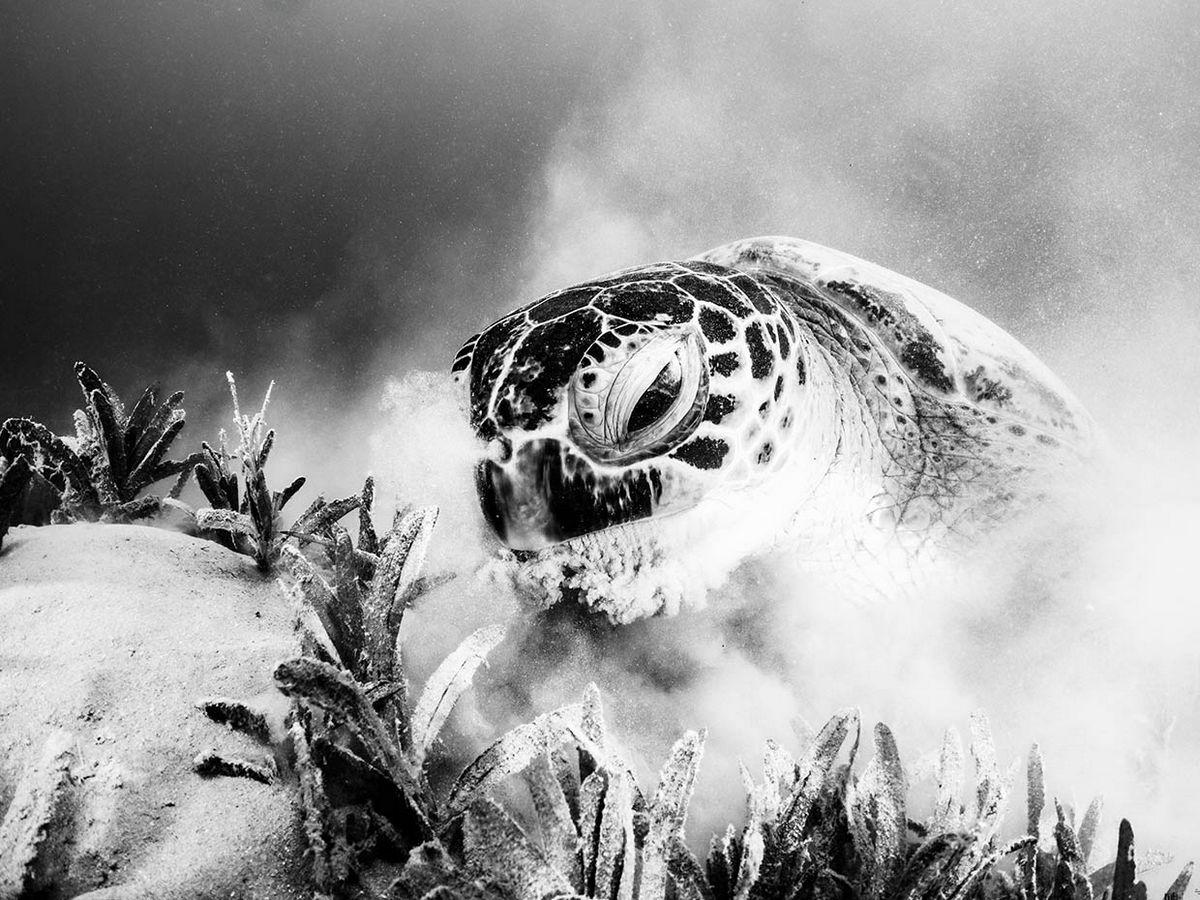
More than just black and white
Monochromatic photography simply means that there is only one colour in the shot. Traditionally, this means black on a white background. But with modern digital editing tools, it’s very easy to replace black with any tone! Sepia and yellow tones give a photo an old-world vibe, while cyan and blue tones create a colder atmosphere. Monochrome edits can allow you much more artistic freedom in terms of exposure, as you can push the shadows and/or highlights to levels that would be unacceptable in a colour shot.
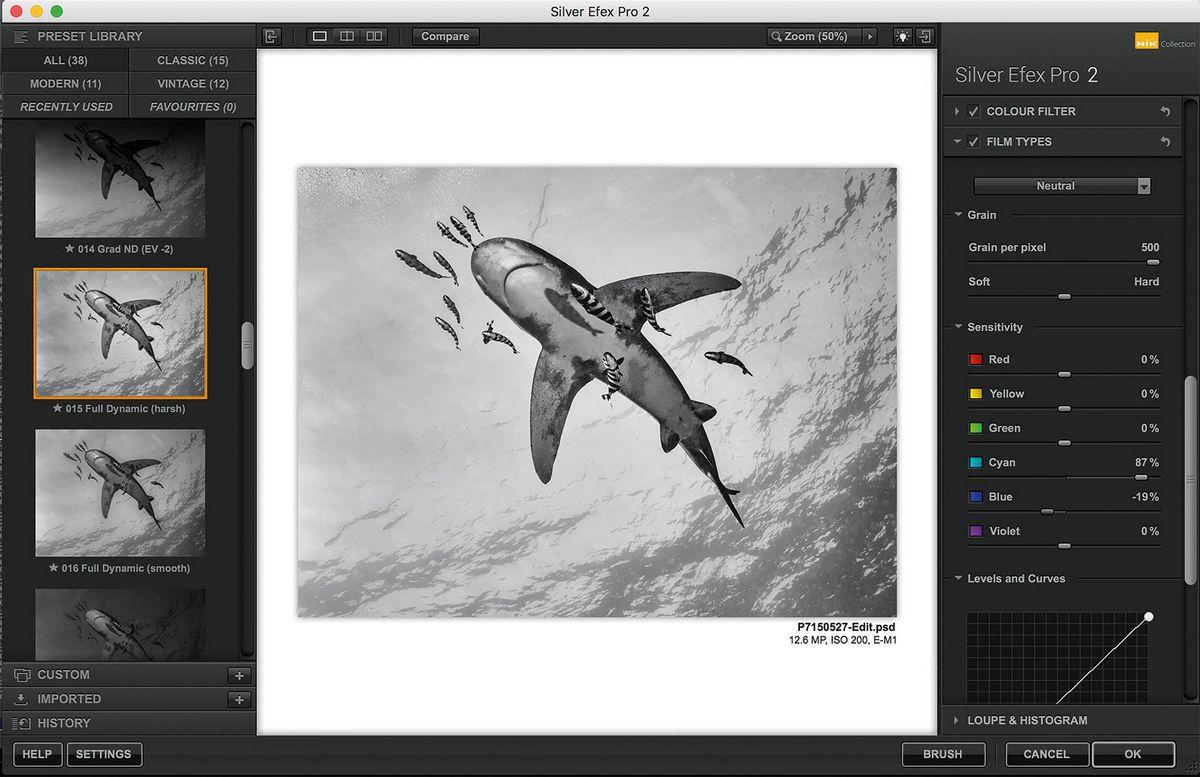
In camera or post-production?
In the old days of film photography, you had to decide before you jumped if this was going to be a black and white dive. But thanks to digital, you can make the choice at any point – underwater or in the edit.
Many cameras on the market today have a black and white mode. When selected, it will display and record a monochromatic JPG without any colour information. If your camera also records RAW files, this will retain all the colour information… in case you want to use it later. Personally, I shoot RAW and edit later, but this mode can be useful underwater for visualising the scene in monotones.
In practice, most monochromatic images you see are actually colour shots that have been converted in post-production. Just as you normally process your colour images to get the most from them, black and white pictures benefit from some digital work. Editing software such as Photoshop and Lightroom come with built-in B&W conversion modules. Go a step further with pre-set add-ons and filters that will convert your files into a whole host of different monotones. At the moment, I like Silver Efex Pro2 (currently free). In my opinion, it is one of the best black and white converters, as well as a great tool for creating more interesting monochromes, giving you complete control over all colour tones.
I’d really encourage you to experiment with the treatments. A classic black and white conversion can sometimes look quite uninspiring, while more dramatic tonal changes can totally transform the mood or feeling of a photo. Try different levels of contrast. Think where you want the best detail to be, on the dark areas or on the highlights. Don’t be afraid to blow areas out! And why not introduce some digital noise. In monochrome, it can build the mood of your picture. You can even change the background colour completely from white to black or vice versa. This is an artistic process so go for it, with multiple versions of the same shot.

Subjects matter
A good monochrome image requires a different mindset. You don’t have bright colours to make the photo stand out or to show an obvious focal point. Instead, the stand out elements are delivered by the play in the light and shadows, contrast, strong shapes and textures. This means that not every shot you take will work as a monochromatic image.
As a general rule, available light wide-angle shots tend to be more suitable than macro. Wrecks are an ideal choice. The strong lines and shadows created by these man-made structures and the lack of colours serve to heighten the drama of the shipwreck.
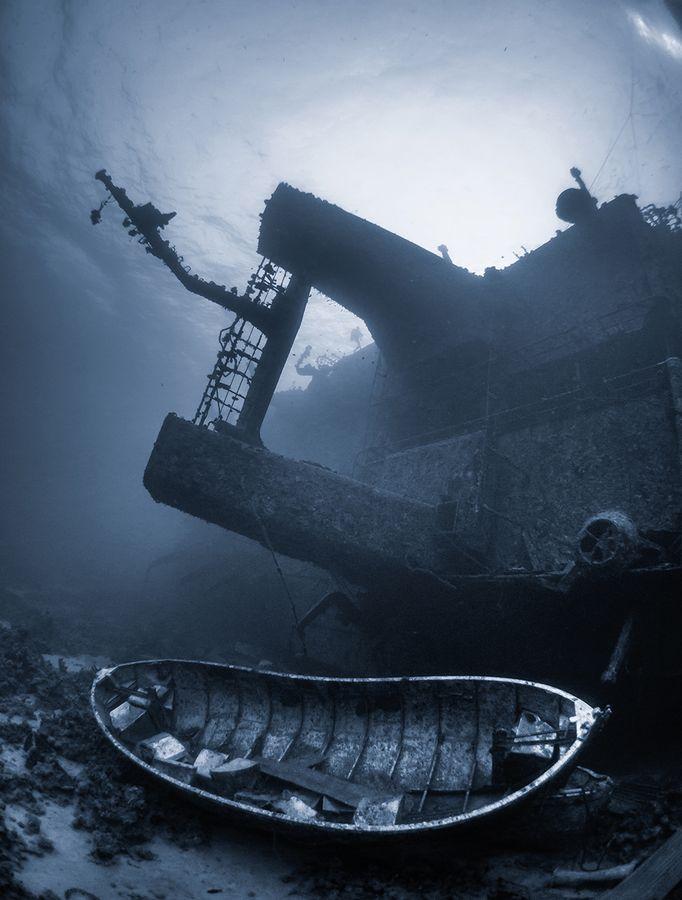
A monochromatic treatment can also be helpful to deal with a very-common problem in wreck photography – that is a lack of sharpness and contrast due to excessive distance between subject and camera. Even with a fish-eye lens, you sometimes find yourself simply too far away to get a good colour photo. Add a 20-30m depth and your images are dominated by a blue cast. If you love the composition, but hate the colour cast, try a monochrome. Increase the contrast to a level that would never be possible in a full-colour image, regain some of that lost sharpness and accentuate the shadows and highlights. At the end of the edit, you are more likely to have a photo you want to hang on your wall.
Caverns are another environment that I love to work into monochrome, especially if the light comes from overhead openings. Black and white is a beautiful vehicle for sun beams penetrating the gloom. For strong sunbeams, remember to dive when the sun is high above and tuck yourself away in a dark place. Expose for the sunbeam and make sure that your composition includes the start and the finish of the beam.
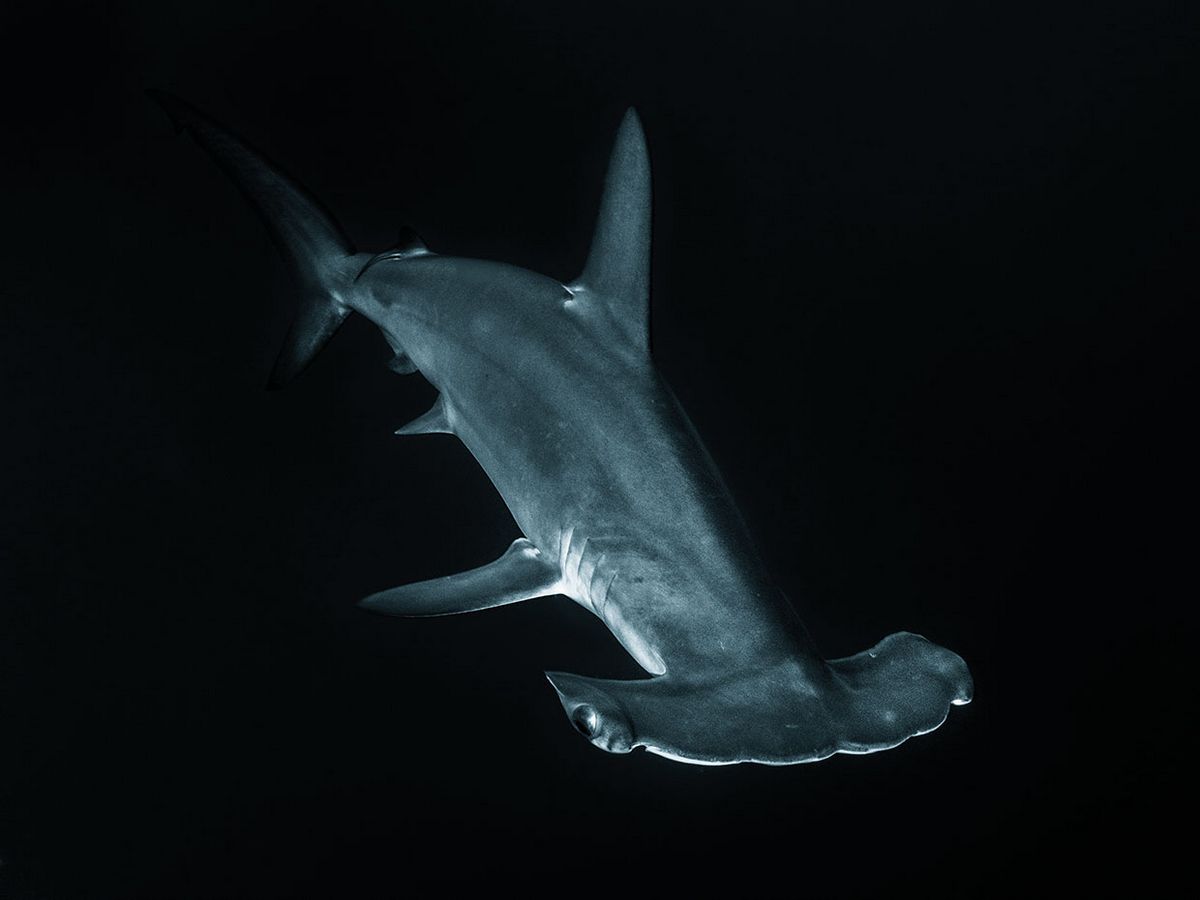
Monochrome marine life shots work on a ‘bigger is better’ basis. I find turtles especially photogenic in black and white. The texture of their carapace and faces just looks amazing. As with all marine life, look for behaviours. Turtles eating are a great image. Mantas and sharks can be tricky subjects in colour. Sharks such as hammerheads are often that bit too deep to escape heavy blue casts. Pale bellies are easily overexposed. Monochrome can help deal with some of these exposure issues in the finished result. If you are shooting dolphins or manta, remember to include the surface in your photo for added level of depth and texture.
Macro subjects are colourful in nature and that is a huge part of what makes them popular with underwater photographers. Let’s face it… would you be so obsessed with nudibranch photos if they only came in land-slug brown colours? Monochrome macro is all about the shape and texture. Think long and hard about your strobe position. Use the lighting to emphasise textures and craft areas of light and dark. Without these, the end result will look flat and underwhelming. Technically, the sharpness needs to be absolutely perfect. Make sure your critter is sitting on clean background.
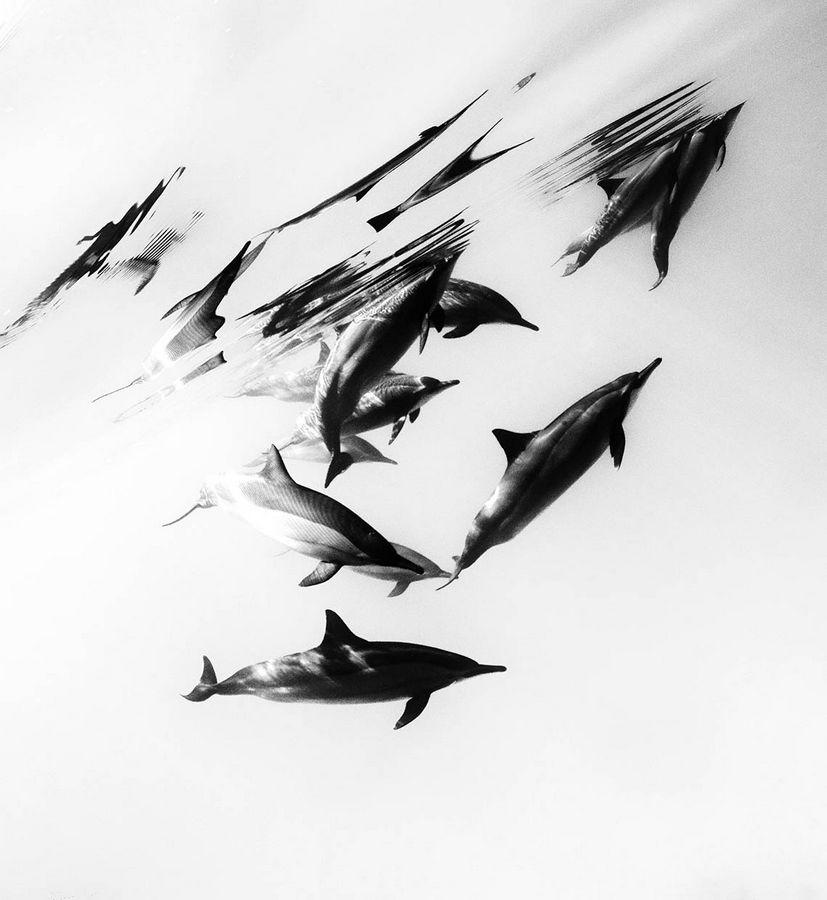
Feeling inspired to get creative with monochrome? I find it an evocative medium. It is less about recording what you saw, and more about creating drama or atmosphere. There’s more than one way to edit a shot. There’s no right or wrong. Ultimately, like all photography, whether you like the end result is going to be a personal matter, but when you get it works, monochrome is anything but drab.
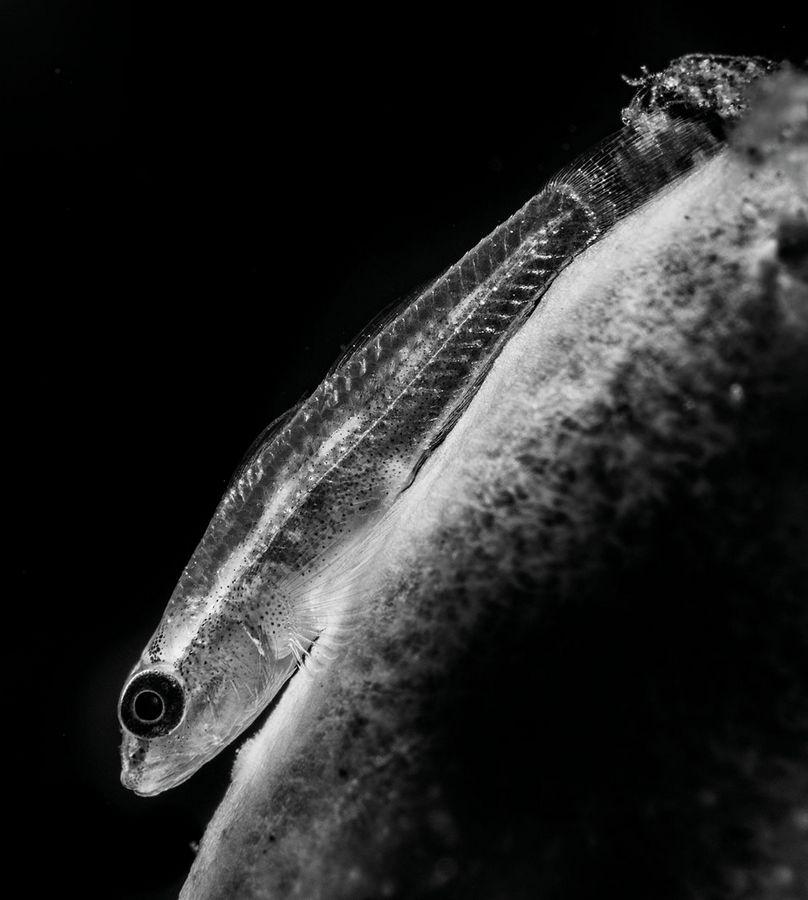
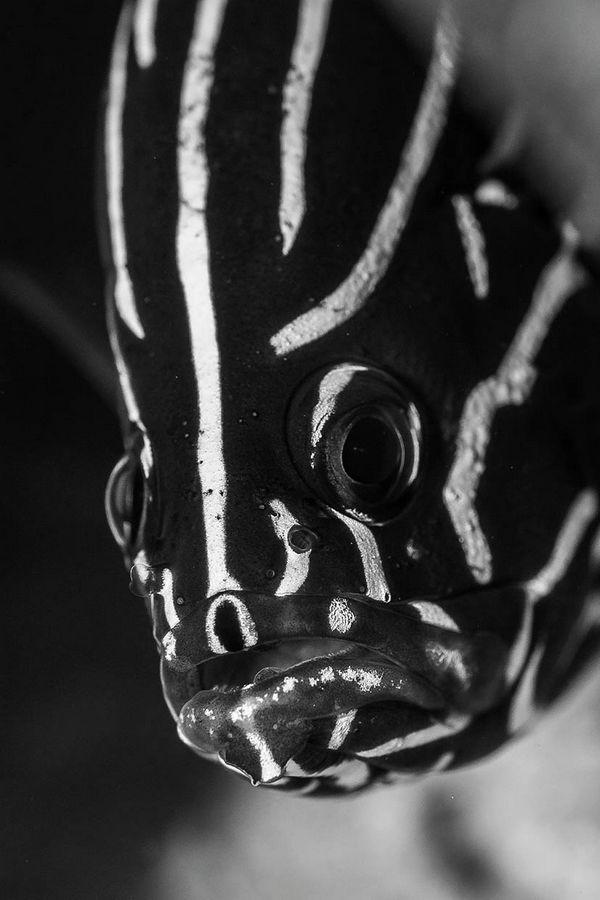
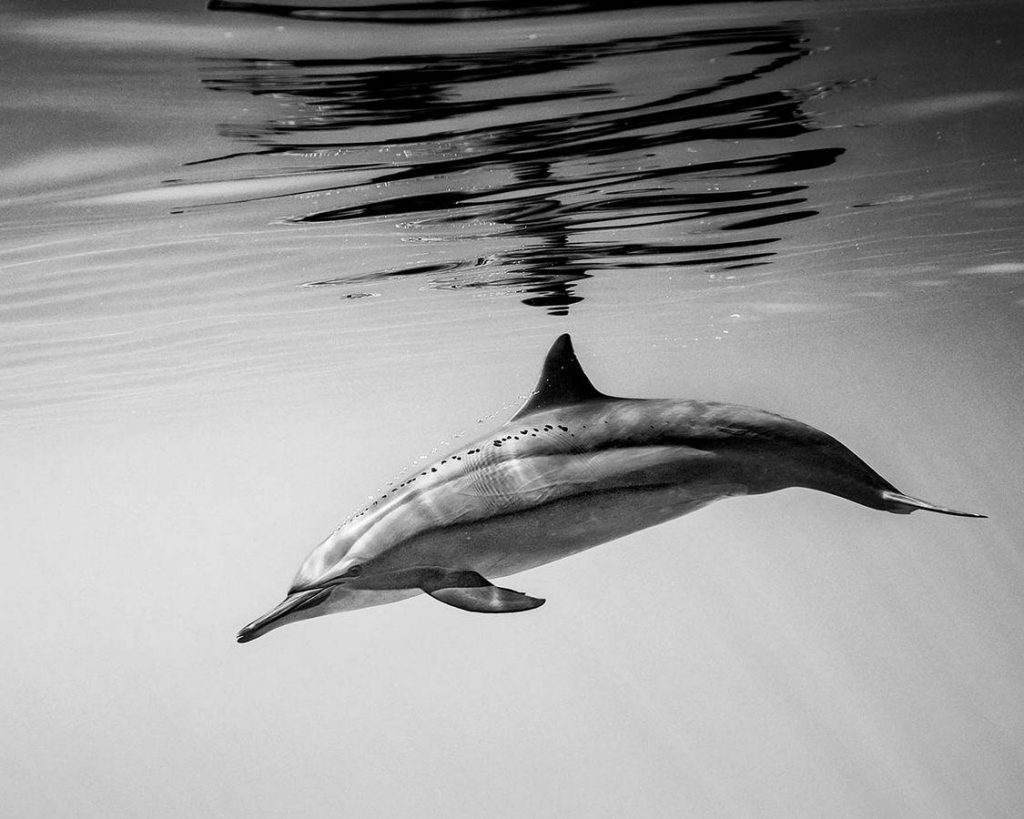
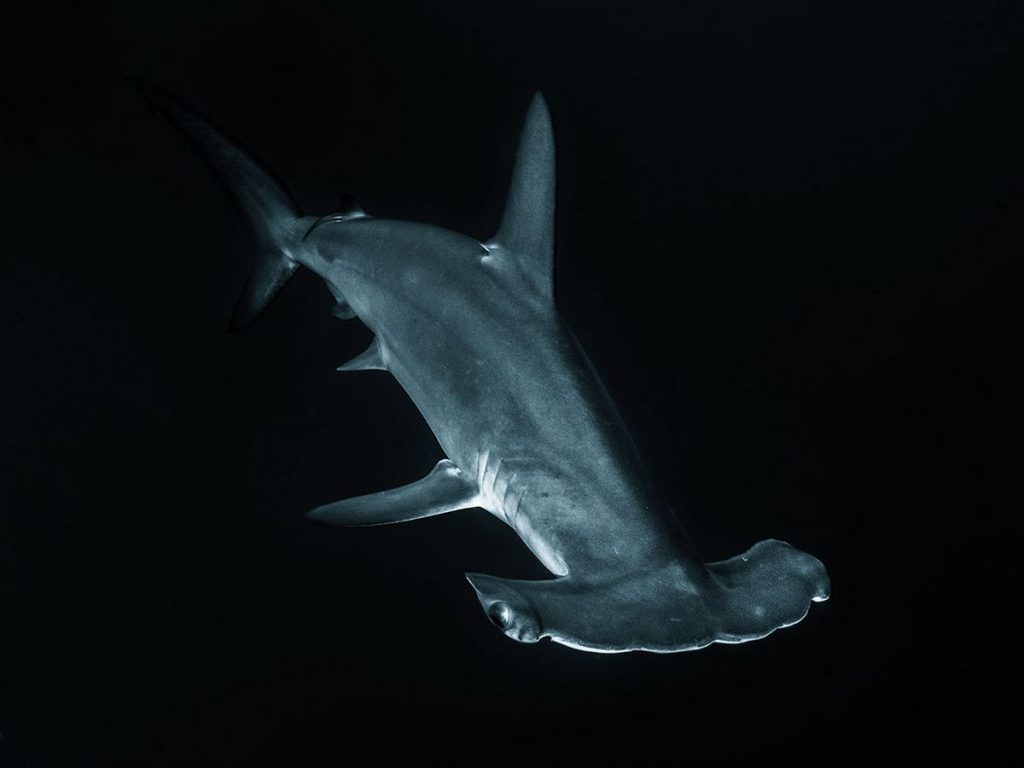
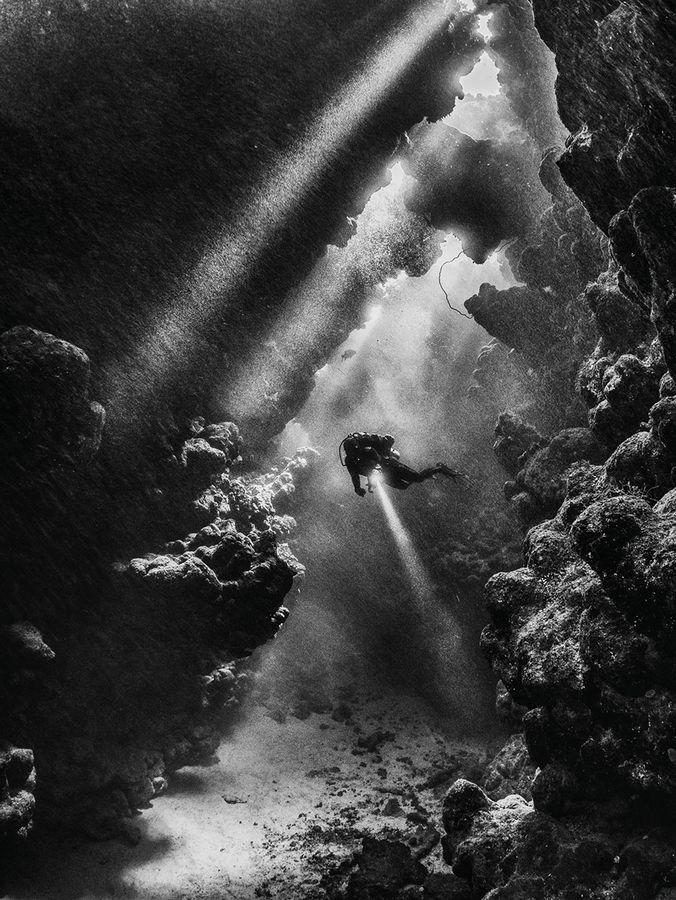
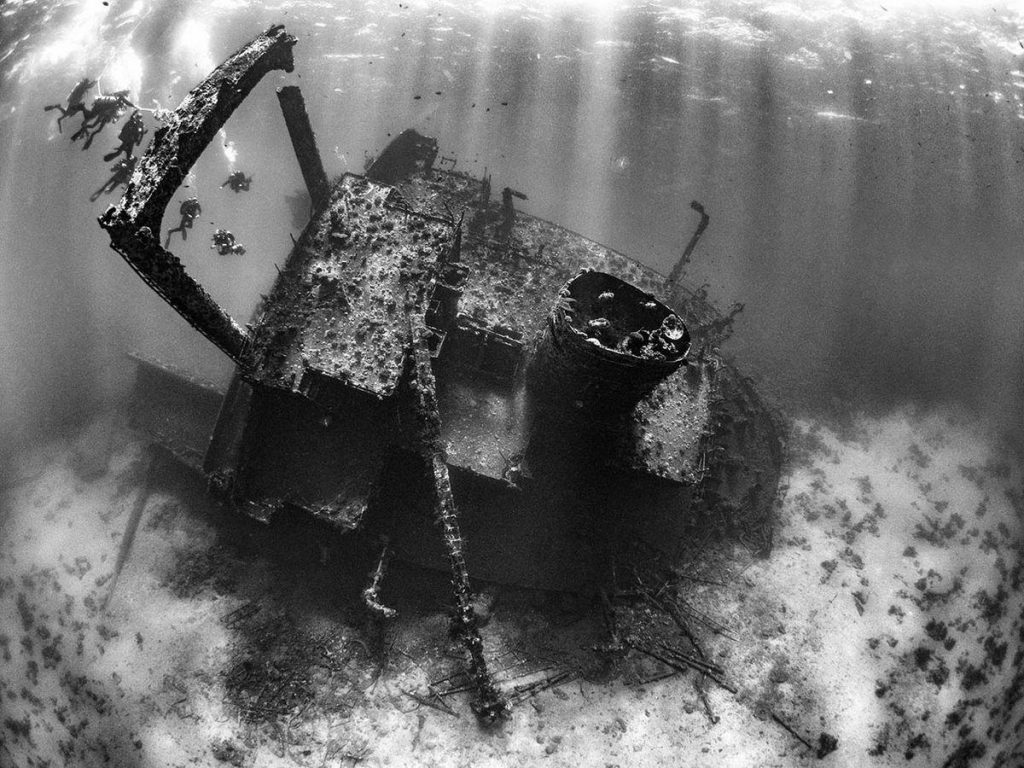
Biography: Mario Vitalini
For nearly 30 years, Mario has sailed the globe and dived the seas, working as a PADI instructor and dive guide. Today, he shares his passion for underwater photography. His students love his real-world expertise and patient approach. He has an extensive working knowledge of all underwater camera systems, having spent several years at the UK’s largest photo retailer. Mario’s images have won several awards and he has featured not once, but twice, among the top categories at the prestigious Underwater Photographer of the Year, including Most Promising British Underwater Photographer in 2015.







